CROWS have had several requests to help with this invasive species. We deal with it as part of footpath jobs, but we want to help people to create exclusion zones. The guidance on this page is our contribution to the idea.
We suggest that if you do start work on an area, you contact Upper Calder INNS at invasives@ywt.org.uk and tell them what you are doing. Good luck!
Help create Balsam exclusion zones
Why deal with it?
Where Himalayan Balsam is allowed to grow it will stop most other plants. It is the largest annual plant in this country, soaking up nutrients and weakening river banks. Although it may seem that balsam is out of control, it is well worth creating zones where it is kept out or under control.
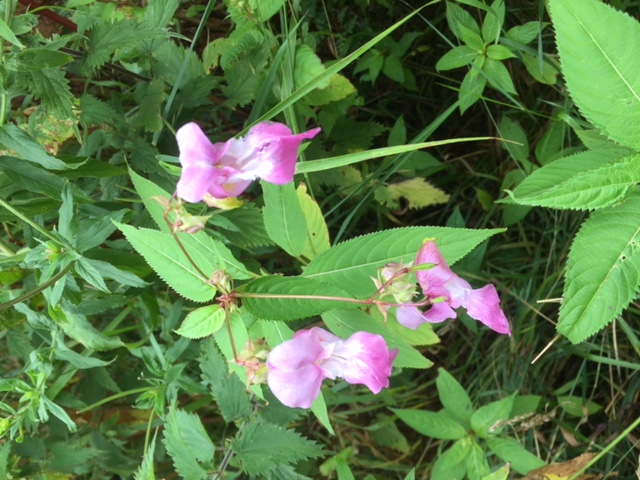
What effect will removing balsam have?
You will be surprised at what plants will colonise the space when balsam is removed: Spring flowering plants like bluebells can spread more easily, Summer flowering plants like flag iris, knapweed and ragged robin can establish themselves once again, and Ox eye daisies may flower again.
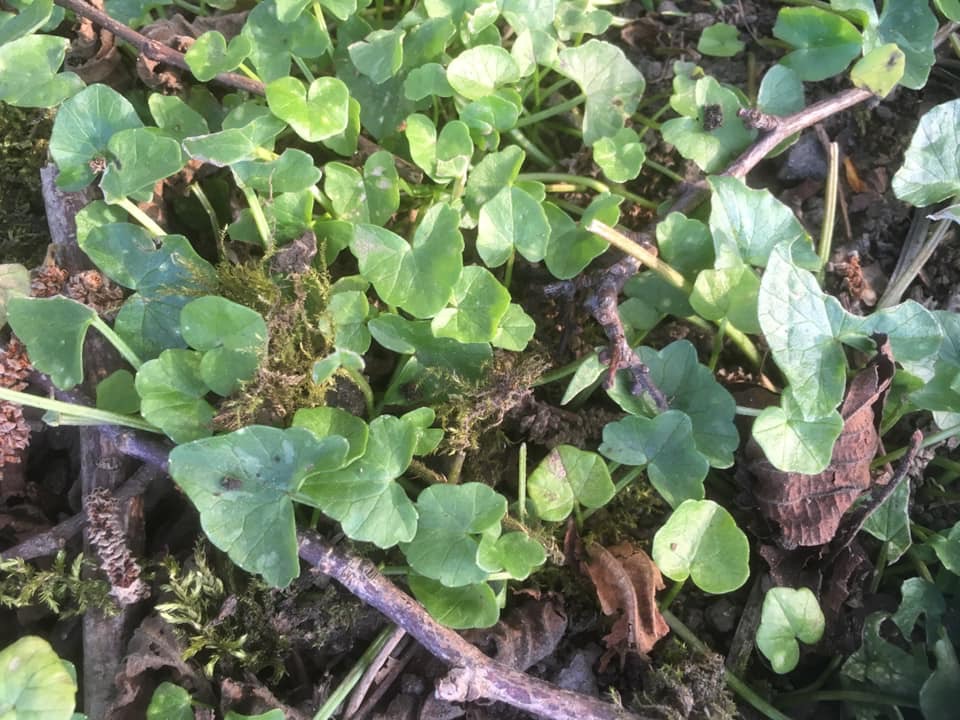
Choosing where to create a balsam free zone
It will probably work best if people use the route regularly e.g. dog walkers, route to work, regular evening stroll or run.
Here are other suggestions:
- Pick an area of a size you might be able to manage. There are some huge infections that would be very difficult to eradicate and you would get demoralised very quickly.
- Choose an area that you and others tend to visit regularly (or where it is convenient for you).
- Consider who the landowner is and always get permission if possible – they should be on your side.
- Don’t put yourself at risk, avoid areas with very steep slopes, or near deep or fast flowing water, or anywhere near a railway line.
- If the balsam comes up below thick brambles then you may have to talk to the landowner about clearing the brambles first.
CROWS can advise, contact us via this website.
Form a local group
Doing it as a group is likely to be more effective and can be more fun. People may choose to do it individually or in pairs or as a group activity. You can tell people via Facebook, or by putting up notices, or just by talking to people and telling them to pass the word on.
Try and put together a group in January or February – it will be well before the balsam has started and you will have people ready when it first emerges.
The group does not have to be formally organised, but it is a good idea to meet up for an initial joint session so everyone knows what to do and where to work in the future.
A checklist
- Always try and and pull them up by the roots.
- If they break, try and break them off below the first nodule.
- Leave them on the ground in a big pile.
- Thoroughly stamp on the stems to stop them re-sprouting.
- Do not dump them on the path or roadways as they become very slippery.
- Check the piles periodically to make sure there is no re-sprouting – they will rot down quite quickly.
- Before you leave the area, check you are not carrying seeds off the site, spreading the seeds elsewhere.
Do it little and often
There’s no instant fix, the secret is to focus on a realistic patch, keep going back and back and usually do the same the next year and the year after.
A balsam calendar
MARCH
Make contact with your group to remind them to keep their eye out for sprouting balsam.
APRIL
You can start pulling them up as they emerge, which is usually in April. This is an easy time to make inroads (although it does involve a lot of bending).
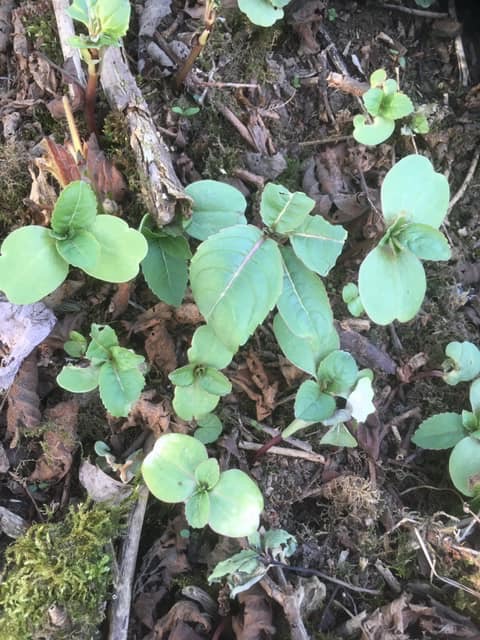
Uproot and put into piles and stamp all over them. It is a good idea to take a photo of where they are coming up.
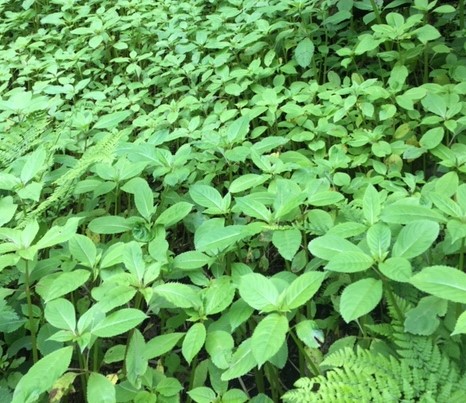
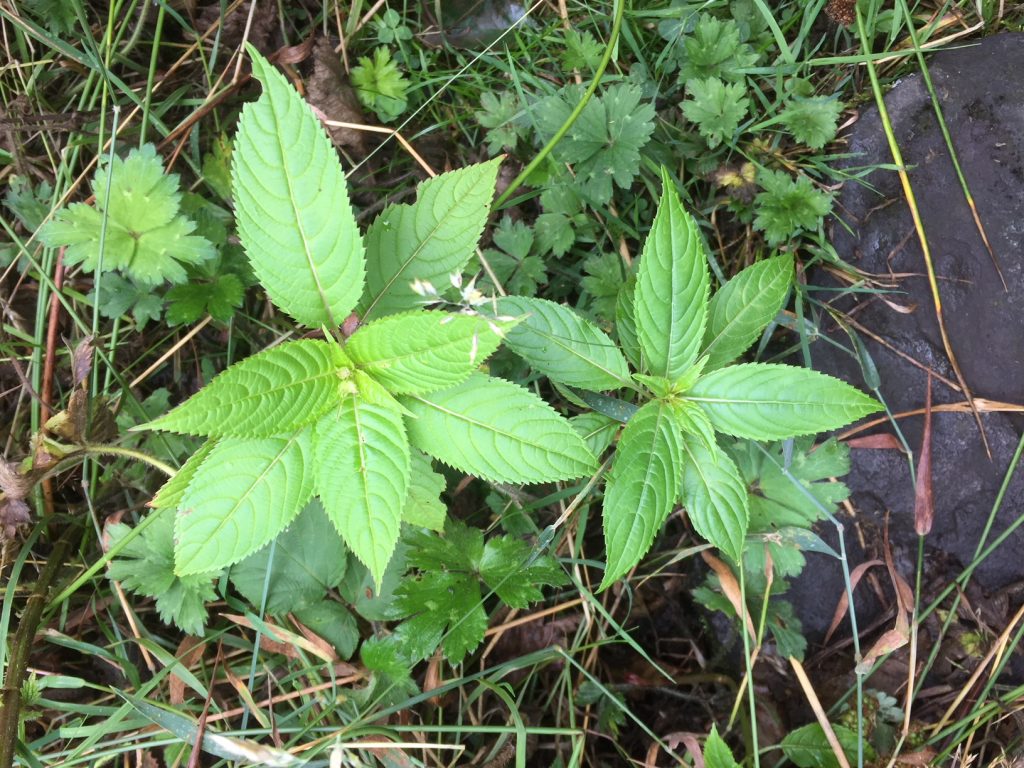
MAY – JULY/AUGUST
As they grow taller they are easier to spot, but sometimes can be a little harder to pull up.


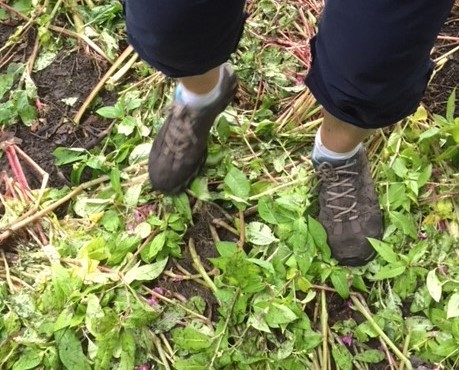
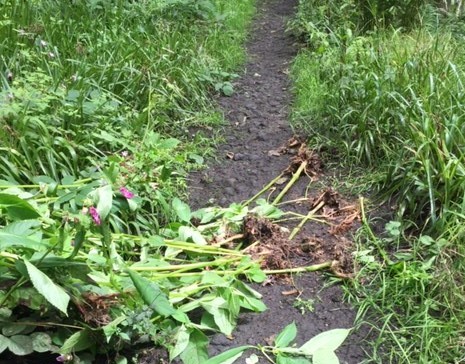
AUGUST
People can continue pulling up when the flowers first appear, but the minute you see the seeds developing you need to stop. At this point continuing to pull them up may create a greater spread of the seeds. Usually in the second half of August most plants will have gone to seed.
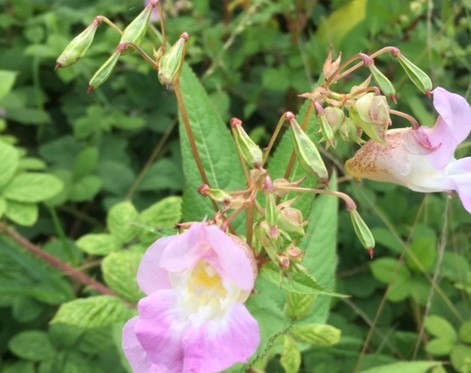
One suggestion that may make sense is to continue to take off the tops before the seeds are fully developed provided you collect them in a sack. The problem then is disposal – just putting them in a bin may mean you have transferred the problem elsewhere. May be not such a good idea?
When you have stopped, make a ‘map’ of where they are for next year’s plan. Take more photos of where they are coming up.
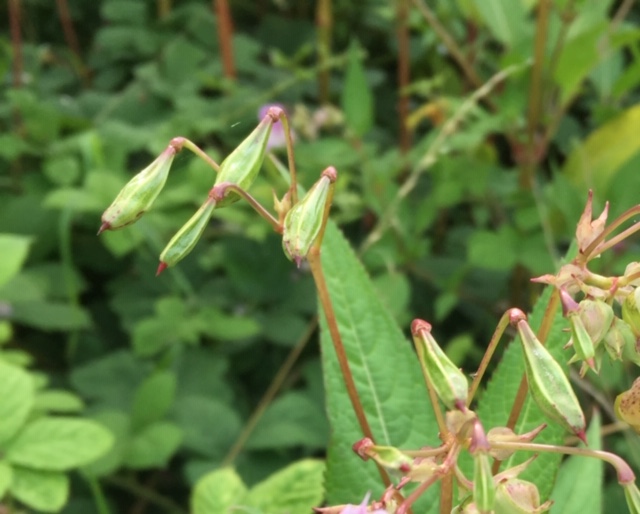
CROWS would love to know how you got on. Why not send us before and after photos and we will put them on our blog or Facebook page
You can also formally record the presence of Himalayan balsam and what you are doing. You can do this on the Yorkshire Wildlife Trust open access Invasive Species Mapper site. This data is open to all, so of benefit to everyone tackling invasive species.
